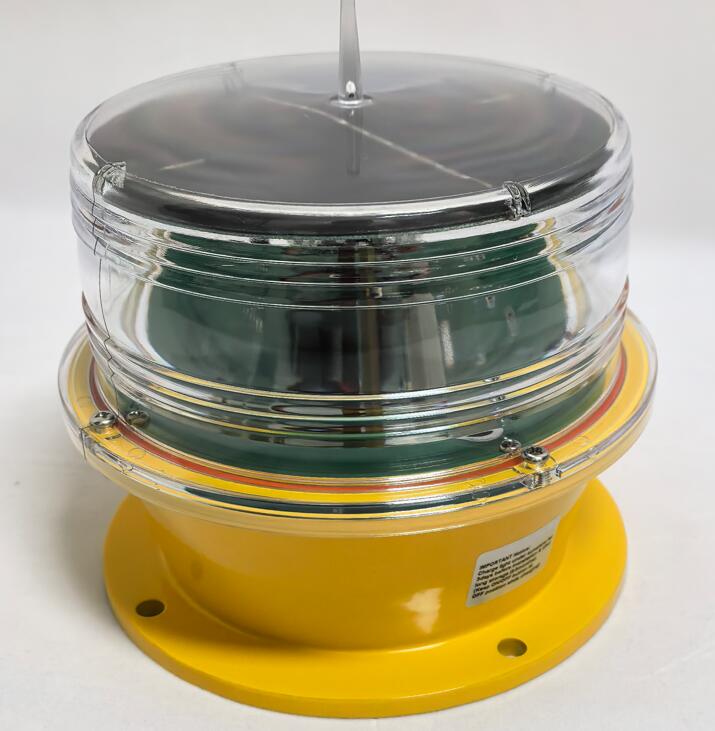Solar Marine Light: The Sustainable Revolution in Maritime Navigation
As global maritime traffic intensifies and environmental concerns grow, the solar marine light has emerged as a game-changing solution for safe and eco-friendly navigation. These self-sufficient lighting systems harness solar energy to provide reliable illumination for buoys, channel markers, and offshore structures without relying on grid power or fossil fuels. This article examines the technological advancements, key benefits, diverse applications, and future potential of solar marine lights, demonstrating why they are becoming indispensable in modern marine operations.
The Technology Behind Solar Marine Lights
A solar marine light system integrates several innovative components to ensure optimal performance in harsh marine environments:
High-Efficiency Solar Panels
Monocrystalline or polycrystalline photovoltaic cells maximize energy capture even in low-light conditions.
Intelligent Energy Management
MPPT (Maximum Power Point Tracking) controllers optimize charging efficiency.
Lithium iron phosphate (LiFePO4) batteries provide stable, long-lasting energy storage.
Advanced LED Illumination

High-lumen LEDs with specialized optics ensure superior visibility at sea.
Customizable flash patterns (isophase, occulting, quick flash) meet IALA standards.
Robust Environmental Protection
IP68-rated waterproof enclosures withstand submersion and salt spray.
| solar marine light |
UV-resistant polycarbonate lenses prevent yellowing and degradation.
Why Solar Marine Lights Are Transforming Maritime Safety
1. Unmatched Energy Independence
Eliminates fuel costs and logistical challenges of battery replacement in remote locations.
| solar marine lights |
Continues operation during power outages or infrastructure failures.
2. Superior Environmental Compatibility
Zero operational emissions support green shipping initiatives.
Reduces hazardous waste from disposable batteries.
3. Enhanced Reliability & Durability
Withstands Category 5 hurricanes and temperatures from -30°C to 70°C.
Corrosion-resistant stainless steel and marine-grade aluminum construction.
4. Smart Operational Features
Automatic dusk-to-dawn operation with light sensors.
Remote monitoring via GSM/satellite for real-time status updates.
5. Long-Term Cost Efficiency
50,000+ hour LED lifespan minimizes replacement needs.
Virtually maintenance-free operation reduces labor costs.
Critical Applications Across Marine Sectors
Ports & Harbors
Jetty lights guide vessels during night operations
Breakwater illumination prevents collisions
Offshore Energy
Wind farm perimeter marking
Oil platform hazard lighting
Coastal Navigation
Channel marker illumination
Shoal and reef warning systems
Fisheries & Aquaculture
Farm boundary delineation
Night fishing operation support
Search & Rescue
Emergency wreck marking
Disaster response navigation aids
Cutting-Edge Innovations
1. Hybrid Energy Systems
Integrated wave energy converters supplement solar power
2. IoT-Enabled Smart Lights
Transmit weather data and water conditions
Automated fault reporting via cloud platforms
3. Adaptive Visibility Systems
Automatic intensity adjustment based on:
Ambient light conditions
Fog density
Precipitation levels
4. Advanced Anti-Fouling
Ultrasonic cleaning systems prevent marine growth
Nano-coatings resist biological attachment
5. Submersible Designs
Underwater pipeline markers
Scientific research beacons
Compliance with Global Standards
Solar marine lights meet stringent international requirements:
IALA Recommendation E-200
(Maritime Aid to Navigation Light Characteristics)
SOLAS Chapter V
(Safety of Navigation Requirements)
ISO 19072-1:2020
(Maritime Navigation Equipment Standards)
DNV GL Certification
(Offshore and Marine Applications)
The Future Horizon
1. AI-Powered Predictive Maintenance
Machine learning algorithms forecast component failures
Automated service requests to maintenance teams
2. Marine Traffic Integration
AIS transponder-equipped lights
Vessel traffic management system compatibility
3. Blue Energy Harvesting
Saltwater battery technology
Triboelectric wave energy conversion
4. Eco-Responsible Materials
Biodegradable composite housings
Recyclable component designs
5. Space-Based Monitoring
Satellite tracking of light networks
Global performance analytics
The solar marine light represents more than just an evolution in navigation technology—it embodies the maritime industry's commitment to sustainable, intelligent safety solutions. By combining renewable energy with rugged engineering and smart features, these systems are setting new standards for reliability and environmental responsibility. As technological advancements continue to enhance their capabilities, solar marine lights will play an increasingly vital role in ensuring safe passage across the world's waterways while protecting our oceans for future generations. The dawn of a new era in marine navigation has arrived, powered by the sun.
